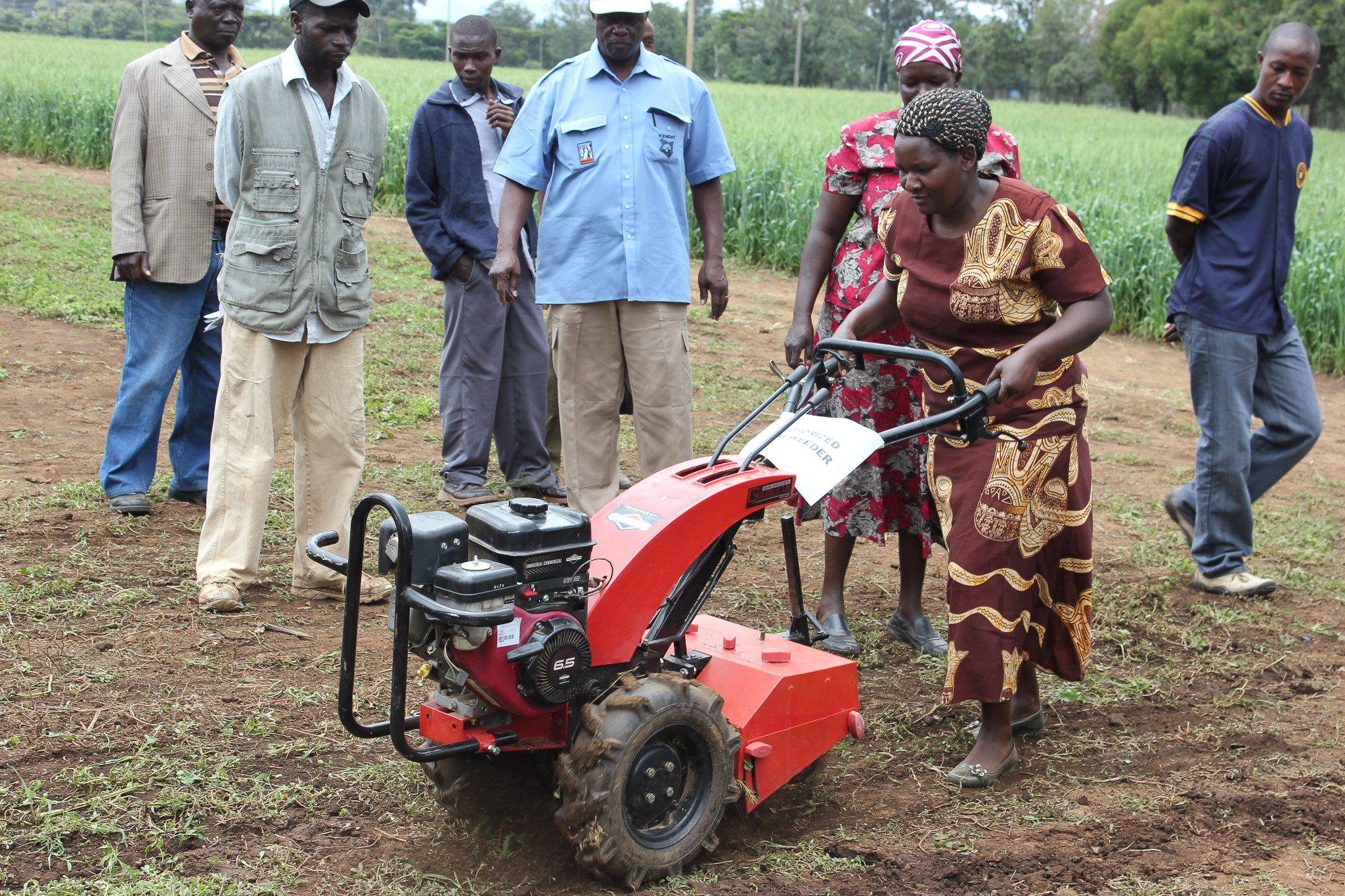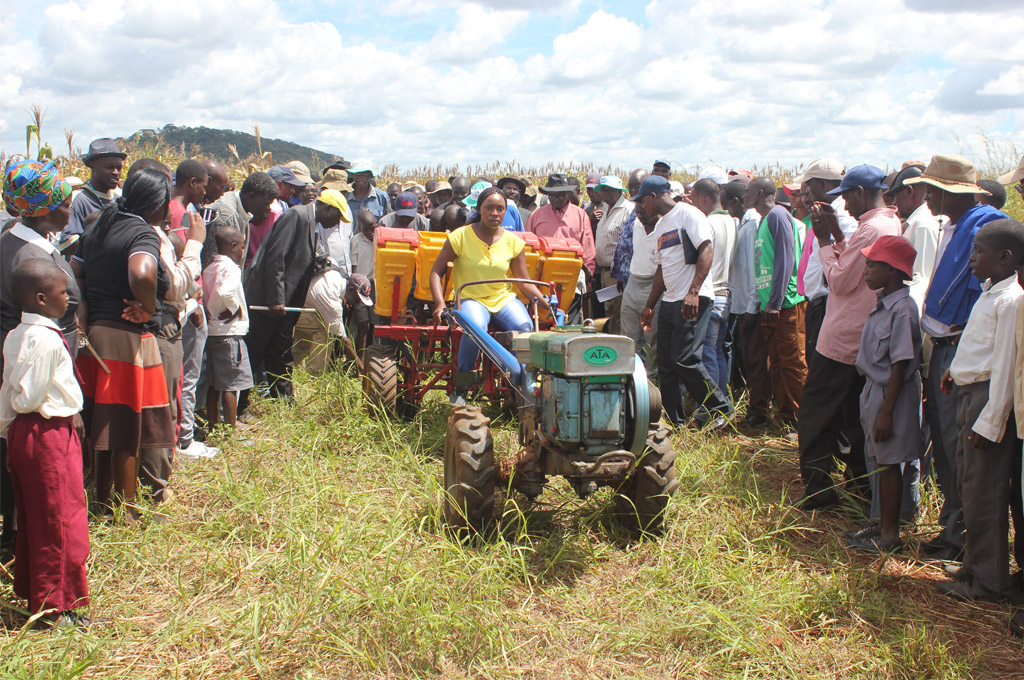
A new project aims to climate-proof Zimbabwean farms through improved access to small-scale mechanization to reduce labor bottlenecks. Harnessing Appropriate-scale Farm mechanization In Zimbabwe (HAFIZ) is funded by the Australian Department of Foreign Affairs and Trade (DFAT) through ACIAR and led by the International Maize and Wheat Improvement Center (CIMMYT).
The project aligns with the Zimbabwean nationwide governmental program Pfumvudza, which promotes agricultural practices based on the principles of conservation agriculture. The initiative aims to increase agricultural productivity through minimum soil disturbance, a permanent soil cover, mulching and crop diversification.
Over 18 months, the project will work with selected service providers to support mechanized solutions that are technically, environmentally and economically appropriate for use in smallholder settings.
Speaking during the project launch, the Permanent Secretary of the Ministry of Lands, Agriculture, Fisheries, Water and Rural Development in Zimbabwe, John Basera, explained the tenets of Pfumvudza which translates as “a new season.” A new season of adopting climate-smart technologies, conservation agriculture practices and increasing productivity. Simply put, Pfumvudza means a sustainable agricultural productivity scheme.
“Pfumvudza was a big game-changer in Zimbabwe. We tripled productivity from 0.45 to 1.4 [metric tons] per hectare. Now the big challenge for all of us is to sustain and consolidate the growth, and this is where mechanization comes into place,” Basera said. “This project is an opportunity for the smallholder farmer in Zimbabwe, who contributes to over 60% of the food in the country, to be able to produce more with less.”
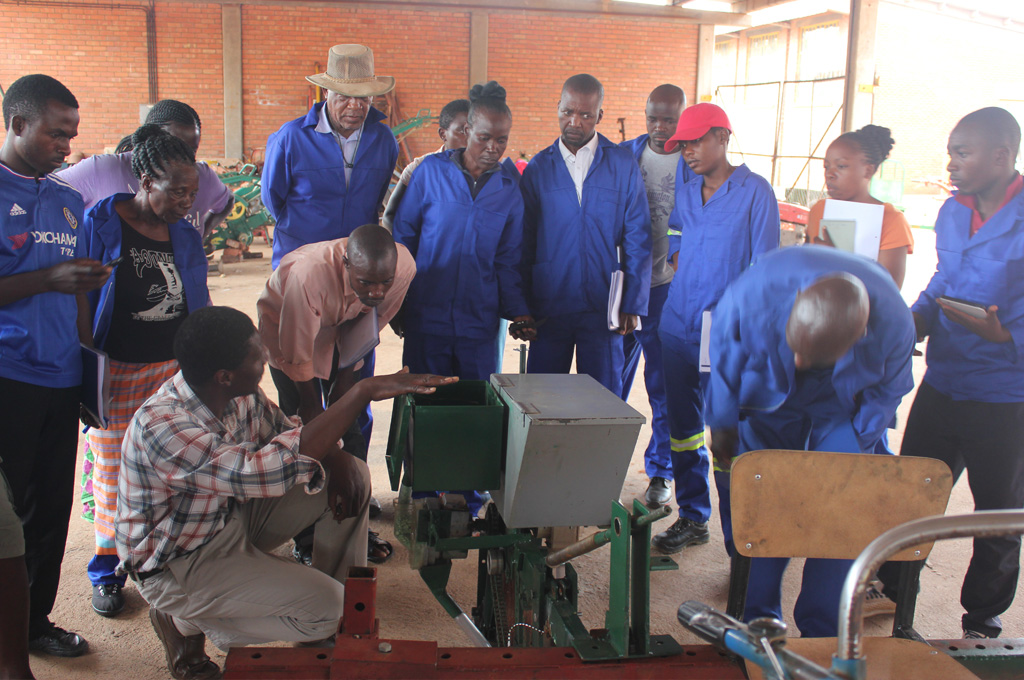
The mechanics of sustainable intensification
Building on the findings of the completed ACIAR-funded project Farm Mechanization and Conservation Agriculture for Sustainable Intensification (FACASI), the new initiative will work with selected farmers and service providers to identify farming systems most suitable for mechanization. It will also assist companies in targeting their investments as they test a range of technologies powered by small-engine machinery adapted to the Zimbabwe context and transfer the resultant learnings to South Africa.
Conservation agriculture adoption offers multidimensional benefits to the farmers with significant yields and sustainability of their systems. The introduction of mechanization in systems using animals for draught reduces the livestock energy demand — energy that will contribute to increasing meat and milk production.
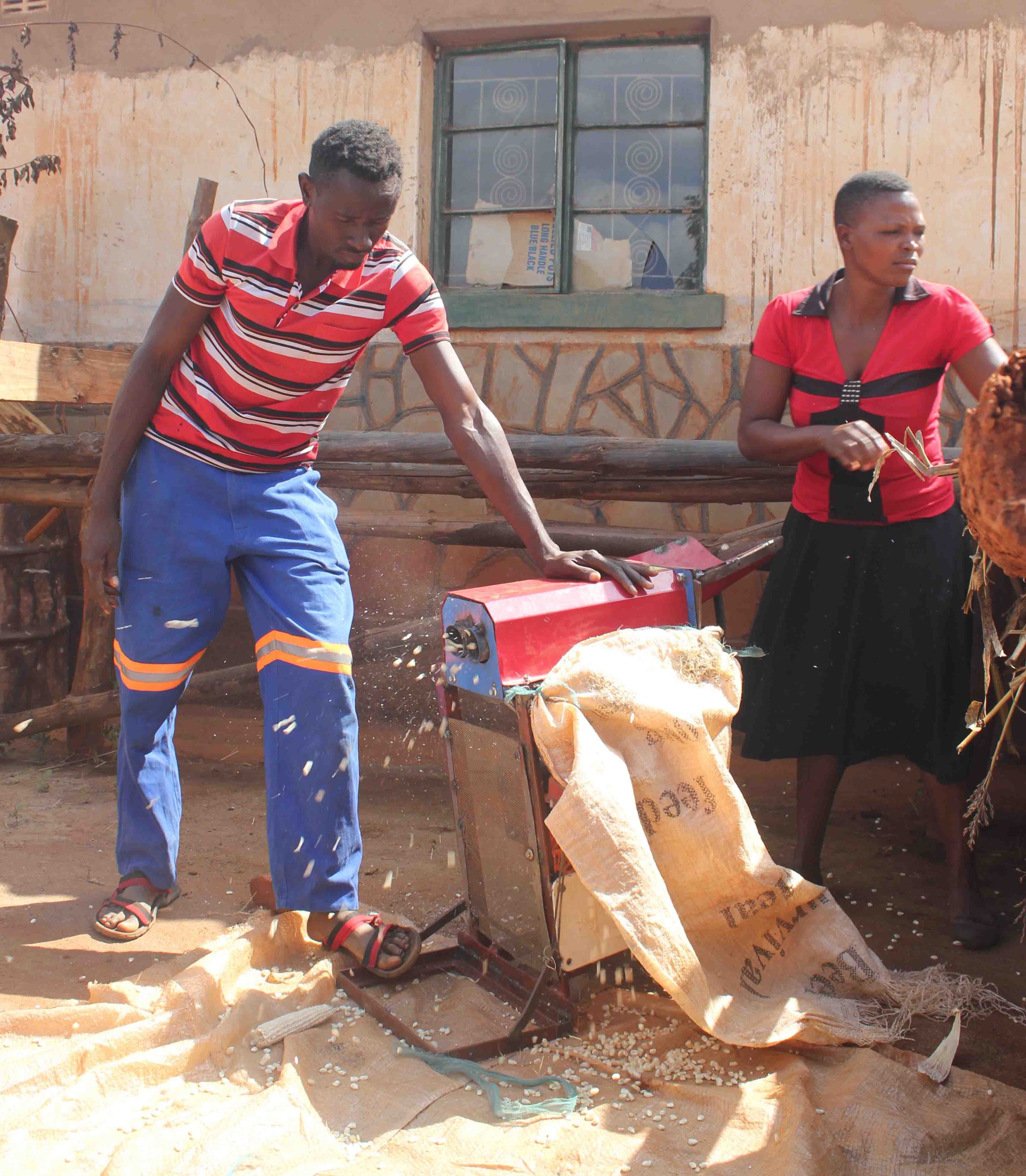
While conservation agriculture and research alone cannot solve all the issues affecting agricultural productivity, awareness-raising is integral to help address these issues, and this is where small-scale mechanization comes in, says ACIAR Crops Research Program Manager, Eric Huttner.
“We learnt a lot from FACASI and a similar project in Bangladesh on the opportunities of appropriate small-scale mechanization as a tool towards sustainable intensification when adopted by farmers,” he explained. “If we avoid the mistakes of the past, where large-scale mechanization efforts were invested in the wrong place and resulted in ineffective machines unusable for farmers, we can make a huge difference in increasing yields and reducing farm drudgery,” Huttner said.
The project is funded by DFAT through ACIAR and implemented by the International Maize and Wheat Improvement Center (CIMMYT) in partnership with the Zimbabwe Ministry of Lands, Agriculture, Fisheries, Water and Rural Development, the University of Zimbabwe, the University of Kwa Zulu Natal in South Africa and private sector companies – Kurima, Zimplow and Hello Tractor.
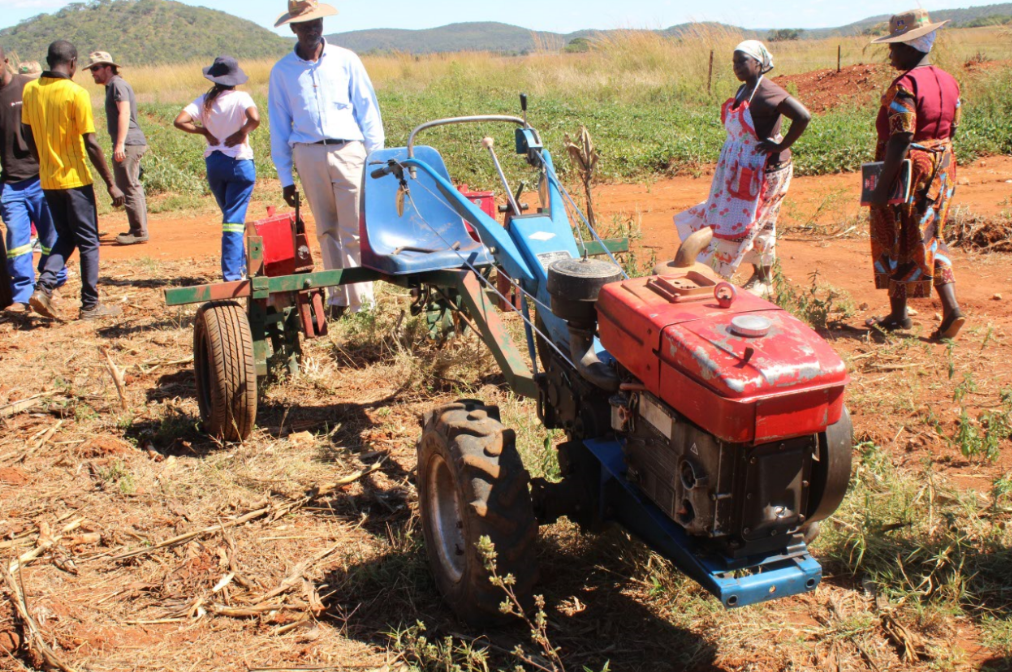
 Gender equality, youth and social inclusion
Gender equality, youth and social inclusion 